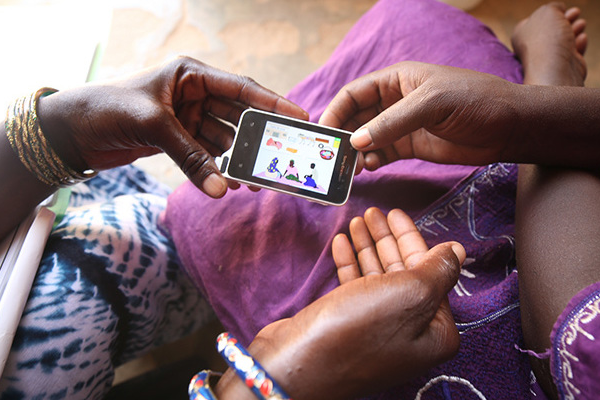 How can ICT4D improve healthcare in developing countries?
How can ICT4D improve healthcare in developing countries?
There are many ways in which ICT4D (Information and Communication Technologies for Development) can improve healthcare in developing countries. Some examples include:
- Telemedicine: ICTs can be used to connect healthcare providers in remote or underserved areas with specialists in urban centers, allowing for the delivery of high-quality medical care to people who might otherwise not have access to it.
- Health information systems: ICTs can be used to create and maintain electronic health records, which can improve the accuracy and efficiency of healthcare delivery and reduce the risk of medical errors.
- Disease surveillance and outbreak response: ICTs can be used to track and monitor the spread of diseases, allowing for more effective and timely responses to outbreaks.
- Public health campaigns: ICTs can be used to deliver health education and information to large populations through social media, mobile apps, and other digital platforms, helping to raise awareness about health issues and promote healthy behaviors.
- Supply chain management: ICTs can be used to improve the management of medical supplies, ensuring that they are delivered to the right place at the right time, and helping to prevent shortages and wastage.
Overall, the use of ICTs in healthcare can help to improve access to care, quality of care, and the efficiency of healthcare delivery in developing countries, ultimately leading to better health outcomes for the populations served.
Read More About ICT4D in Healthcare Below
10 Digital Health Technology Solutions for Global COVID-19 Response
Global coronavirus infections now exceed 120,000 confirmed cases in 119 countries, with over 4.300 deaths from COVID-19. There are also more than 66,500 people...
Please RSVP Now: How You Can Support Global Coronavirus Response
The USA government has passed coronavirus legislation directing $8.3 Billion in new funding for COVID response in the USA and around the world through CDC and USAID....
10 Global Digital Health Solutions for International Coronavirus Response
Global coronavirus infections now exceed 100,000 confirmed cases in 97 countries, with over 3,400 deaths from COVID-19, leading to international travel bans and...
How Artificial Intelligence Applications Can Contain Coronavirus COVID-19
As I write this, there are over 92,000 confirmed cases of coronavirus in 76 countries and over 3000 deaths globally. COVID-19 is spreading across continents, infecting...
Can We Use IVR to Improve Care of People Living with HIV and AIDS?
The last decade has seen a rise in the use of mobile phones in developing countries. In the paper, Supporting Treatment of People Living with HIV / AIDS in Resource...
Apply Now: $1 Million Seed Funds for Digital Health Startups in East Africa
East Africa as a whole has experienced rapid economic growth over the past five years. The combined healthcare market across Kenya, Uganda and Ethiopia is $8 Billion...
Apply Now: $100 Million for Digital Health Informatics in PEPFAR Countries
PEPFAR 3.0 focuses on achieving sustainable control of the global HIV epidemic through a focus on transparency, accountability, and impact aligned with the UNAIDS...
Apply Now: Paid Global Health Corps Fellowship Roles in Digital Health
Worldwide, millions still lack access to quality and affordable healthcare services they deserve. The medicines, interventions, and solutions exist to save and...
How an HIV Program in Angola Went Online to Succeed
Leveraging online and mobile platforms to deliver HIV services was a “white elephant” in Angola. It was totally unrealistic given the local context, such as...
10 Lessons for Designing Effective Health Financing Products
Health shocks are the most prominent idiosyncratic shocks and stresses that low-income households face, particularly when they affect primary income earners as...











